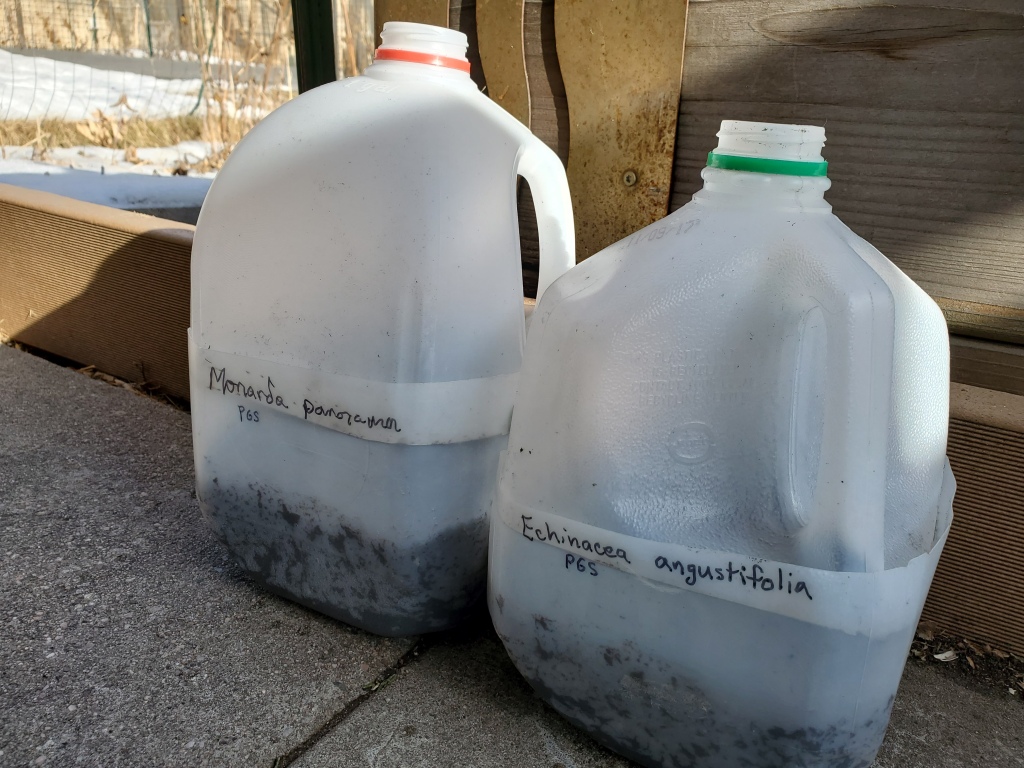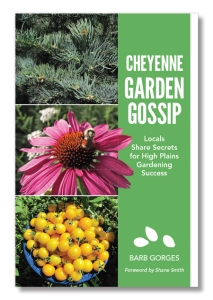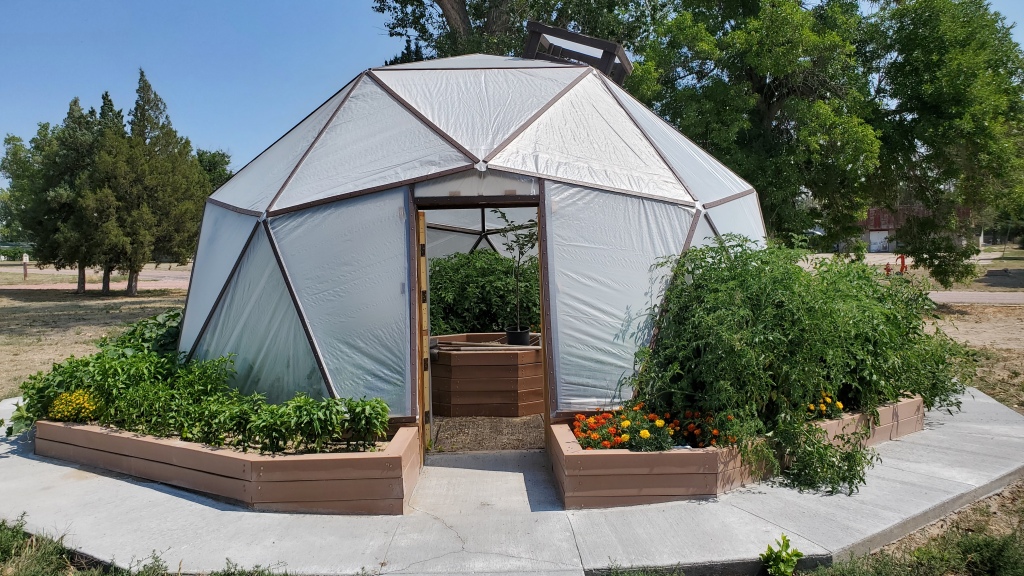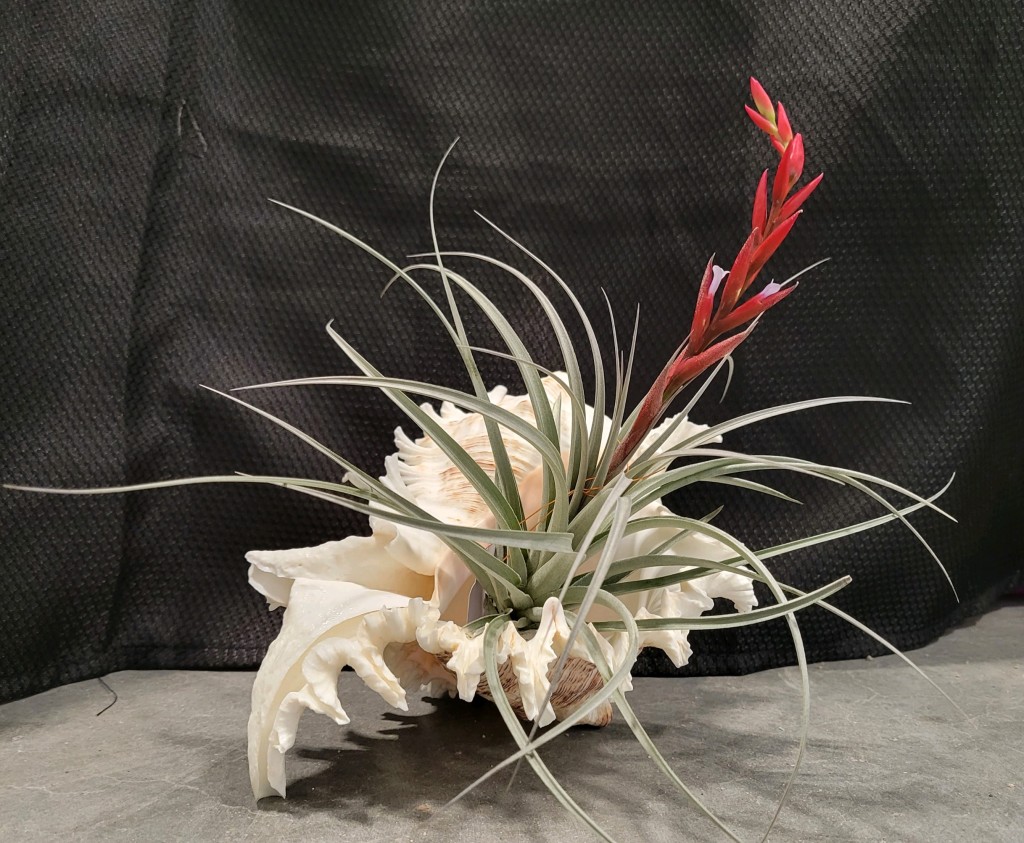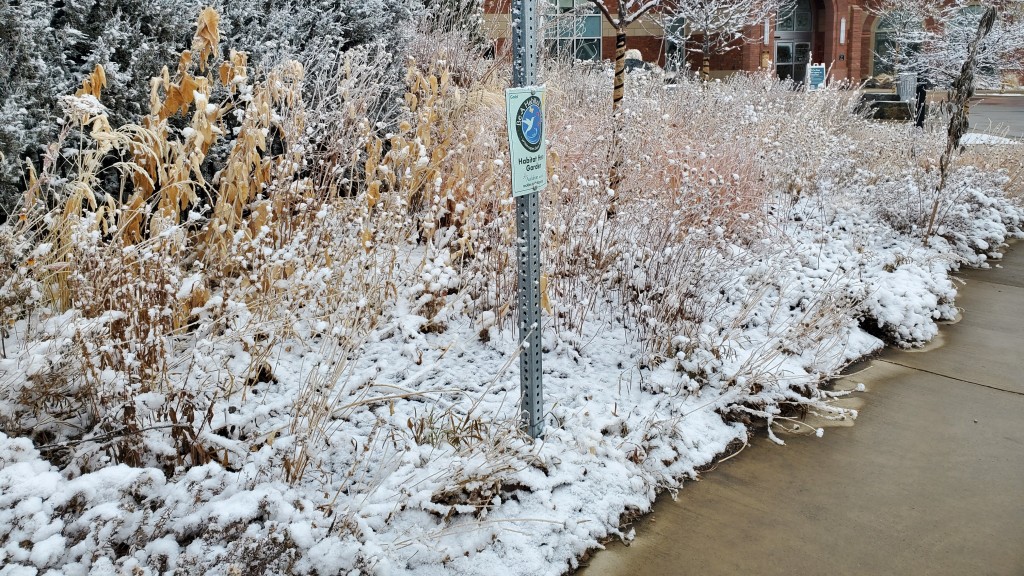
Firewise information, plus city ordinances regulate weeds and native plant gardens
Published March 15, 2024, in the Wyoming Tribune Eagle.
By Barb Gorges
Firewise
Firewise is a program educating homeowners, especially in areas prone to wildfire (grasslands or forest), on measures to safeguard their homes. The idea is to eliminate flammables within 5 feet of buildings, including under the porch or deck and in the gutters, plus other aspects within 30 feet.
You can read my interview with folks creating a Firewise community across the highway from Curt Gowdy State Park, https://cheyennegardengossip.wordpress.com/2015/06/01/firewise-preparing-your-home-for-wildfire-season/, and find information at www.firewise.org.
Native plants are recommended for landscaping Firewise homes.
Weeds and the native plant garden
I recently heard a story about a man who has been working on turning his front yard into a native plant garden since 2003 and how it was mistaken for non-compliant weeds and mowed at the direction of the city.
The good news is that most of the plants in a native plant garden are perennials that will come back. But how did this happen and how can we keep it from happening again?
This incident came up at the 10th annual Cheyenne Habitat Hero Workshop in February and I followed up later with more questions. It seems that the homeowner had just left for vacation when the notice came and “the time for appeal had expired by the time I returned,” he said.
I asked if he had a plant list. Not really, but plants include penstemon, asters, yarrow, salvia, columbine, coneflowers and early blooming non-natives such as tulips, daffodils and crocus.
One way to mark an area as a flower garden is to have flowers blooming across the entire growing season, which his spring bloomers help with. He said he even does some deadheading to get plants to bloom a second time. But the city mowing took place in October, when it can be difficult for some to see the beauty of seedheads attracting birds.
I asked if he has a weed problem. “So far bindweed hasn’t been a problem in the front yard (it is in the backyard). Thistle is an issue and I work to keep it under control,” he said.
Another way to indicate a flower garden is to define the edges well. At my house, it’s a sharp shovel making the line between bed and turf. The sidewalk is one boundary, he said, “I place a 4×4 between the sidewalk and yard as an additional buffer. I trim back the plants when they grow into the sidewalk.”
City councilman Richard Johnson, who attended last year’s Habitat Hero workshop, put me in touch with John Palmer, code enforcement supervisor, who emailed me a reply:
“If a homeowner who is turning their yard into a garden receives a letter for a potential violation of the weeds/grass ordinance, they should call or email the nuisance officer listed at the bottom of the letter as soon as possible and arrange for a meeting at the address to discuss the matter on site.
“Our concern usually is that noxious weeds or weeds that spread quickly, such as dandelions, are allowed to grow along with flowering plants and become a problem for neighbors who have a traditional grass yard. Also, some of these locations allow flowering plants/weeds to grow tall enough to become an obstruction of the sidewalk.
“If troublesome weeds and any obstruction of the sidewalk is addressed, then we generally don’t have a problem with whole yard gardens and the case would be closed.
“As with any violation letter that we send out, timely communication is important to resolve situations like this,” wrote Palmer.
As in traditional flower beds, you can plan for short plants along the sidewalk—keeping the sunflowers farther back so they don’t lean over the sidewalk.
Another traditional flower bed design element is planting drifts of each species rather than a patchwork of “onesies.” Of course, self-reseeding perennials don’t always cooperate.
Zach Hutchinson, from Audubon Rockies, who lives in Natrona County, said he had a similar experience with someone mistaking his native plant garden for weeds. The county people suggested that to show his intentions better, he should put up a sign.
Habitat Hero certification through Audubon Rockies, https://rockies.audubon.org/habitat-hero, or the National Wildlife Federation, https://certifiedwildlifehabitat.nwf.org/ both offer signs.
And of course, keep your garden weeded. Some Wyoming native plants are considered agricultural weeds, but they shouldn’t be a problem in your garden unless you are on a farm or ranch. Nancy Loomis’s advice at the workshop (follow her on Facebook, NativeNancy3072): Disturb soil as little as possible to keep weed seeds from germinating. Cut down annual weeds before they drop seeds. Consider targeting difficult perennial weeds that don’t respond to digging, like bindweed and thistle, with the right poison at the right time.

